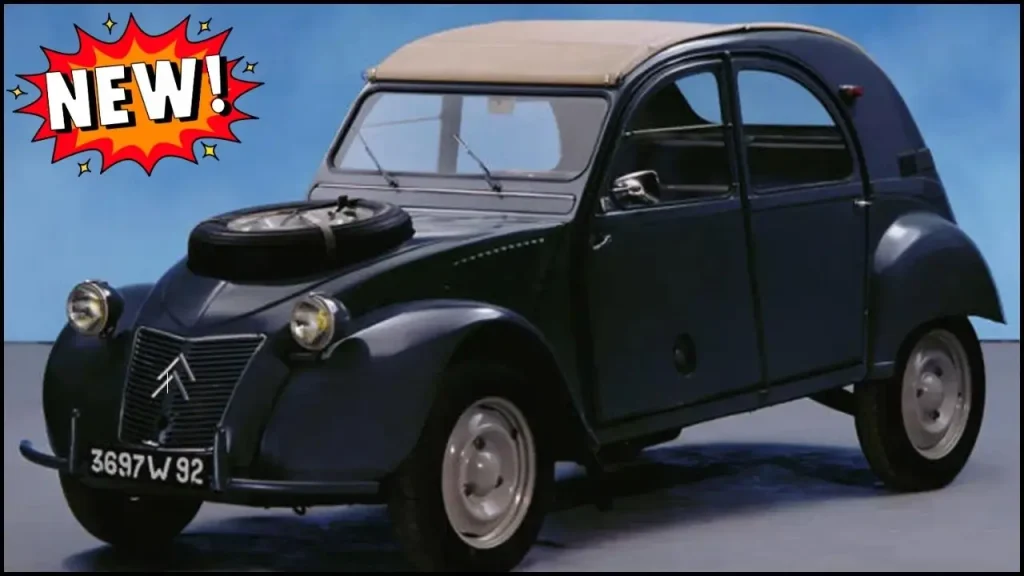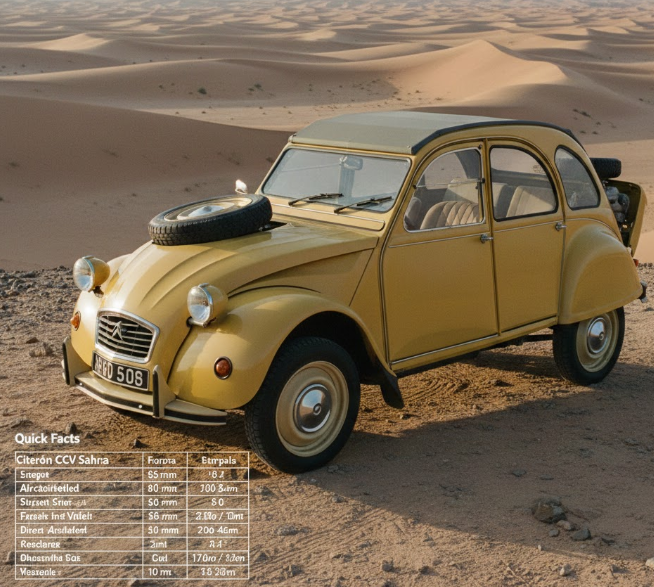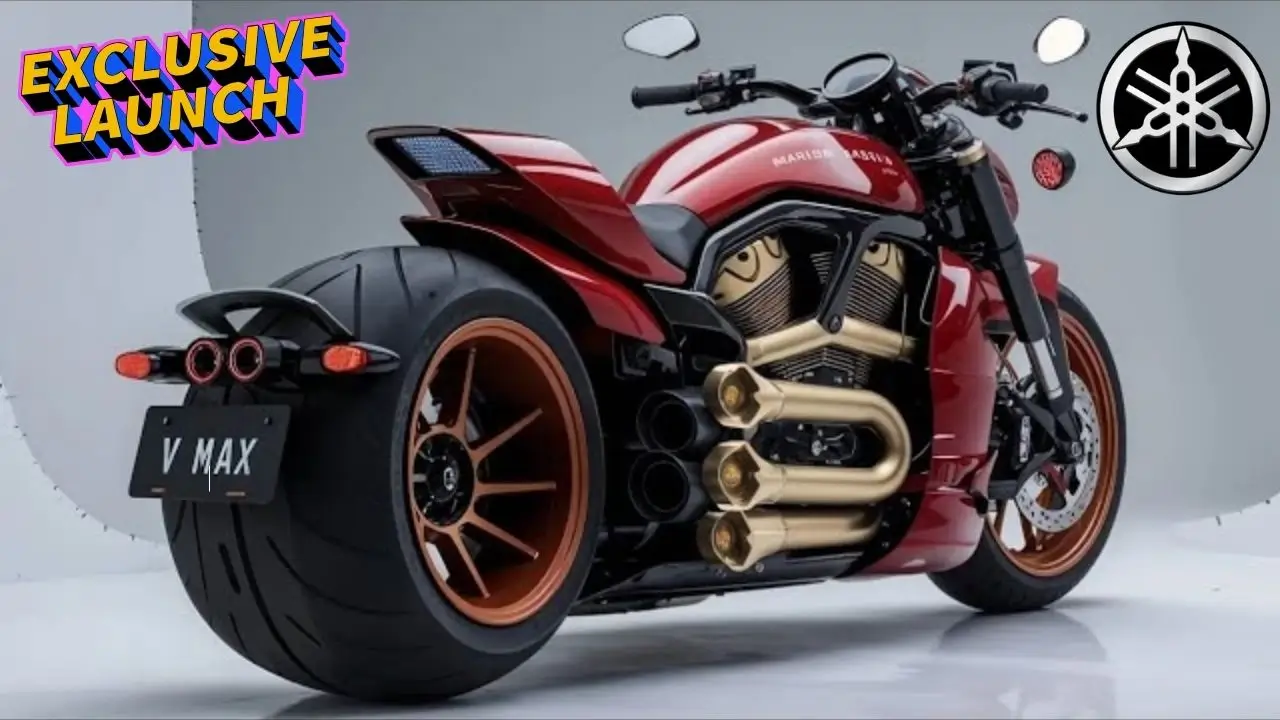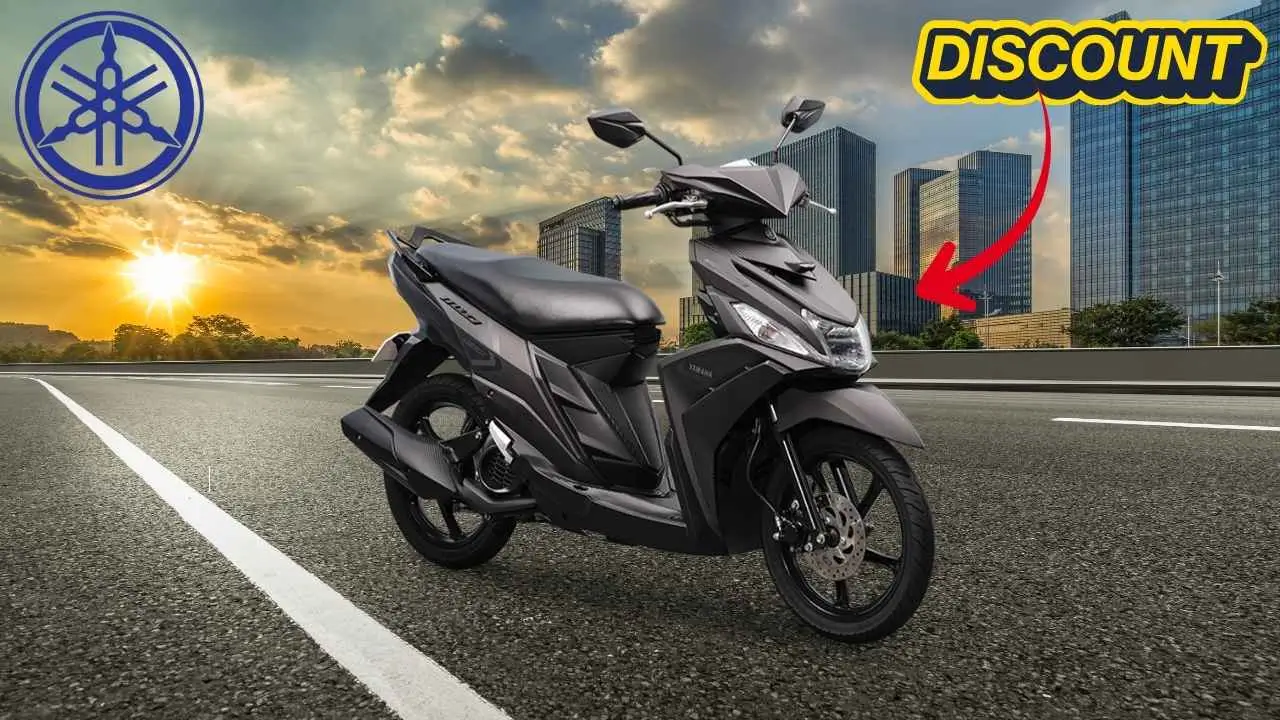If you thought you knew the charming, minimalist Citroën 2CV, think again. I’m talking about a special variant that’s arguably one of the most innovative and frankly, strangest production cars ever built: the Citroën 2CV Sahara. This wasn’t just a quirky French economy car; it was a rugged, go-anywhere 4×4 designed to tackle the world’s most brutal landscapes. The story of the Citroën 2CV Sahara is a deep dive into brilliant, lateral-thinking engineering. It shows us that sometimes, the simplest-looking solution is the most complex underneath, all to deliver genuine, robust off-road capability.

Table of Contents
Dual Engines, Classic Design & Off-Road Capability with Special Feature Highlights!
Let’s cut right to the chase: the defining feature of the Citroën 2CV Sahara Dual Engines Classic Design Off Road Capability with Special Feature Highlights! is its dual engine setup. Citroën’s engineers were tasked with creating a four-wheel-drive 2CV capable of traversing the North African desert for oil exploration. Instead of the massive undertaking of developing a complex, heavy transfer case and driveshaft for a car not designed for it, they chose a simpler, genius route: they simply put a second engine in the back. That’s right—one air-cooled 425 cc flat-twin in the front powering the front wheels, and an identical one in the rear powering the rear wheels. This gave the car true, non-conventional 4×4 capability, a perfect 50/50 weight distribution, and, most importantly for remote travel, a complete redundancy system. If one engine failed miles from civilization, you could literally drive home on the other. It’s an insane, but incredibly effective, feat of engineering.
Citroën 2CV Sahara Quick Facts
| Feature | Specification | Details |
| Production Years | 1960 – 1967 (with one final example in 1971) | A short run for a highly specialized vehicle. |
| Total Units Produced | Approximately 694 | Makes it one of the rarest production 4x4s. |
| Engine Configuration | Dual Flat-Twin Engines | Two identical 425 cc units. |
| Combined Power Output | Around 24 to 27 bhp | 12 to 13.5 bhp per engine. |
| Drivetrain | True 4×4 (All-Wheel Drive) | Independent power to front and rear axles. |
| Transmission | Two 4-Speed Manual Gearboxes | Controlled by a single shifter. |
| Fuel System | Two Separate Fuel Tanks | One under each front seat for engine independence. |
| Auction Values (2024) | Routinely $100,000 to over $150,000 | A reflection of its rarity and unique status. |
The Ingenious Dual-Engine System Explained
The real magic of the Citroën 2CV Sahara is how all that mechanical duality was harmonized. Each engine had its own clutch and four-speed gearbox, but they were all linked and controlled by a single floor-mounted gear lever and a single clutch pedal. The driver could choose to run on the front engine (for regular FWD driving), or engage both for true 4×4 performance, which also boosted the top speed from around 35 mph to a slightly less glacial 60 mph.
This system brilliantly bypassed the need for complex, heavy differentials and drive shafts running the length of the chassis. For the Citroën 2CV Sahara, the power was simple, direct, and mechanically separate. It’s the ultimate example of over-engineering in the pursuit of simplicity, proving to be far more robust and reliable in the punishing desert environment than a conventional setup might have been.

Off-Road Capability and Design Philosophy
Despite looking like a little French shopping basket on wheels, the Citroën 2CV Sahara was a beast off-road. Its performance was less about brute force and more about clever physics.
- Lightweight Advantage: Tipping the scales at only about 1,600 pounds, the Sahara was incredibly light. This prevented it from sinking into soft sand or mud, giving it what enthusiasts call “goat-like agility.” Where a heavy Land Rover might bog down in a dune, the featherweight Sahara could practically float across it.
- Weight Distribution: Having an engine on both ends achieved a near-perfect 50/50 weight distribution , which is ideal for balance and maximizing traction on uneven surfaces.
- High Clearance and Suspension: The classic 2CV’s famous, long-travel, interconnected suspension—designed to carry a basket of eggs across a ploughed field without breaking them—was naturally perfect for rough trails, offering excellent ground clearance for its size.
It was this blend of lightness, dual power, and superb suspension travel that cemented the Citroën 2CV Sahara as a true off-road legend, not just a museum curiosity.
Classic Design Elements and Functional Interior of Citroën 2CV Sahara
The exterior changes on the Sahara were all dictated by its unique mechanical needs. You can easily spot a Citroën 2CV Sahara by looking for its distinguishing features:
- Dual Fuel Filler Necks: With two separate fuel tanks (one under each front seat), there’s a filler cap on each side of the car. This is a dead giveaway!
- Rear Air Vents: The back panel features large ventilation grilles to help cool the second air-cooled engine mounted in the boot space.
- Spare Wheel Mount: To free up the luggage space taken by the rear engine, the spare tire was moved to a prominent position on the bonnet.
The interior remained pure 2CV: simple, utilitarian, and designed for function. The removable fabric seats were durable, and the controls, though managing two powertrains, were integrated to be intuitive for the driver.
Rarity and Legacy
With only 694 ever produced, and estimates suggesting fewer than 100 survive today, the Citroën 2CV Sahara is a genuine collector’s dream. It wasn’t built for the masses; it was a bespoke, tool-of-trade vehicle primarily for government agencies and oil prospectors in harsh French colonial territories. The car’s scarcity, combined with its totally unique engineering, has driven its value to phenomenal levels in recent classic car auctions, consistently fetching prices well into the six figures. It’s a mechanical marvel that remains a powerful symbol of French automotive creativity.
FAQs About Citroën 2CV Sahara
How much is a Citroën 2CV Sahara worth today?
Due to its extreme rarity and unique engineering, the Citroën 2CV Sahara regularly sells for prices well over $100,000 at auction, with excellent examples fetching $150,000 or more in 2024.
Why did Citroën put two engines in the 2CV Sahara instead of one big one?
Citroën did this to create an easy and cost-effective 4×4 system. The standard 2CV was not designed to handle the complex components of a traditional four-wheel-drive system (transfer case, long drive shaft). Putting a second engine in the rear was a simpler, clever way to power the rear axle, while also providing complete mechanical redundancy for reliability in remote desert operations.
Can the Citroën 2CV Sahara be driven on just one engine?
Yes, absolutely! The engines can operate independently. The car can be driven using just the front engine (FWD) for regular road use, or the rear engine can be engaged to activate the true 4×4 mode for off-road travel. This redundancy was a critical design element for survival in the desert.
What was the Citroën 2CV Sahara originally built for?
It was primarily built for the French government and private companies, particularly for geological surveys, oil and mineral exploration, and military/police use in the challenging terrain of North Africa, especially the Sahara Desert.
Is the Citroën 2CV Sahara a fast car?
No. Even with the combined power of two engines, the car only produces around 24 to 27 horsepower. Its top speed is only about 60 mph. Its strength lies in its off-road capability and traction, not its speed.

















